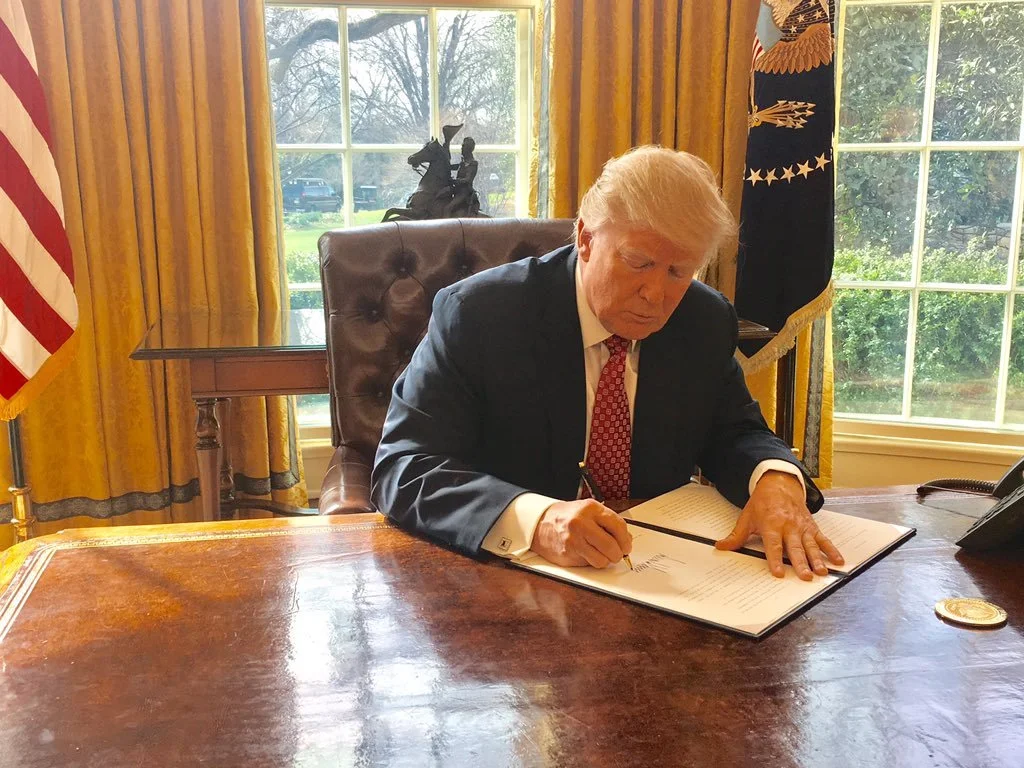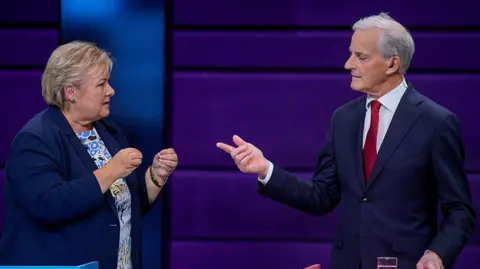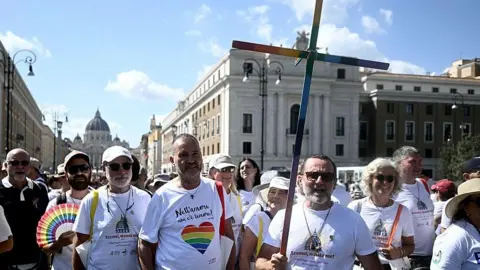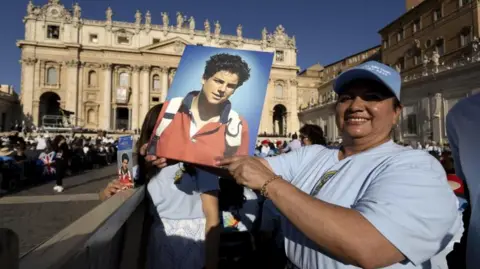The papal conclave to elect a new leader of the Roman Catholic Church began in Vatican City on Wednesday, amid a complex backdrop of division and uncertainty within the church. With a historic 133 cardinals participating in this conclave—the first in over a decade following the death of Pope Francis—the atmosphere is charged with the weight of decision-making for the future of 1.4 billion adherents worldwide.
This gathering is significant not just for its size but also for the prevailing sense of urgency regarding the church's path. Before the election proceedings commenced, cardinals participated in a solemn Mass at St. Peter’s Basilica to invoke divine guidance. As they process into the Sistine Chapel for the first round of secret balloting starting at around 4:30 p.m. local time, the cardinals are required to adhere to strict rules, including total secrecy.
The church stands at a crossroads, with progressive elements advocating for more inclusive practices and policies, while conservative factions urge a return to traditional values. The key question awaiting resolution in this conclave is whether the cardinals are inclined to continue on the path defined by Francis or to shift toward a more conservative direction. The late Pope's tenure was marked by groundbreaking decisions, including his support for the blessing of same-sex unions and robust advocacy for refugees and the environment, all of which stand at the center of debate among the voting cardinals.
As the cardinals exchange ideas and perspectives in their seclusion, their discussions have implicitly formed a referendum on Pope Francis’s legacy, encapsulating a clash of ideologies that could shape the church for years to come. Leading candidates are being scrutinized, including Cardinal Pietro Parolin, a diplomatic figure closely aligned with Francis, and Cardinal Luis Antonio Tagle, known for his pastoral approach and popularity in the rapidly growing Asian Catholic community.
With extensive discussions unfolding behind closed doors, contenders will face the challenge of not only winning the votes within the conclave but also the broader acceptance and direction of the church, as they navigate pressing social issues and a call for accountability due to past scandals. This conclave could redefine the papacy and its approach in an evolving cultural landscape where many see the need for a Church that resonates with contemporary realities.
The following days will witness a series of votes until a two-thirds majority can agree on a candidate, with the world ultimately awaiting the signals of white smoke that will indicate the selection of the new pope. As anticipation builds, the steps taken within the Sistine Chapel could echo throughout the global Catholic community, and indeed the world.




















